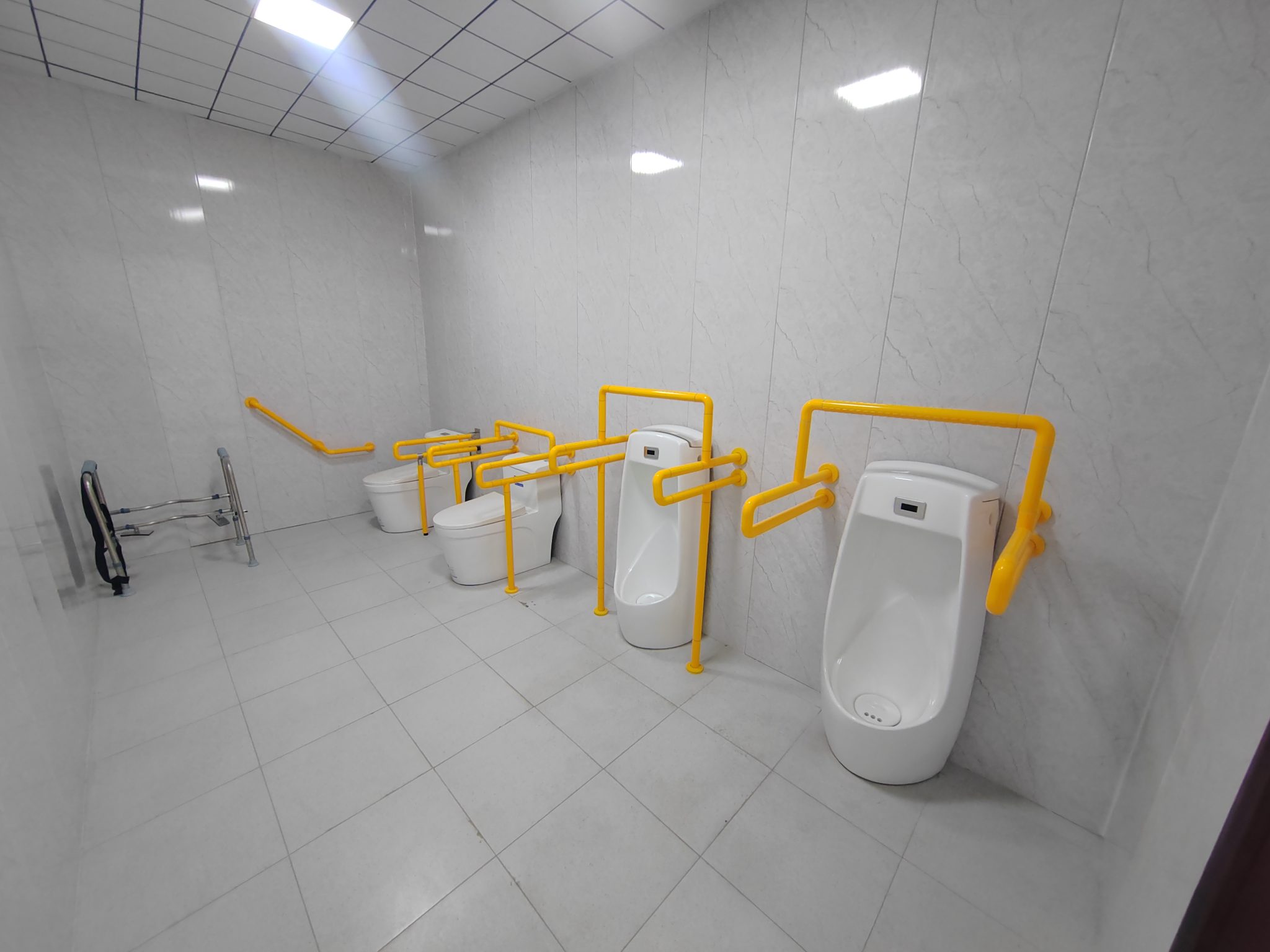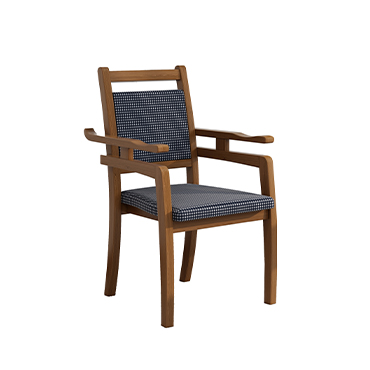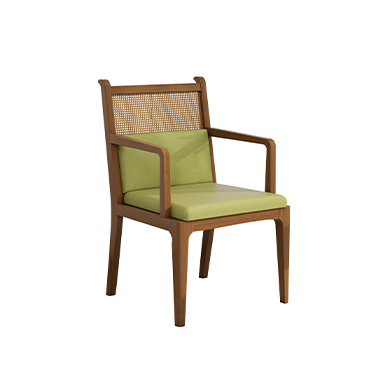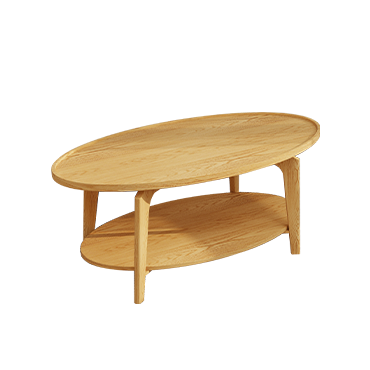How to Create an Elderly-Friendly Home: Tips for Safe and Comfortable Living
As the population ages, more families are seeking ways to provide safe, comfortable, and convenient living spaces for elderly family members who require care. An elderly-friendly home not only enhances seniors’ quality of life but also reduces the burden on caregivers. Importantly, many improvements can be made without major renovations.
Small Changes Can Make a Big Difference
You don’t need to remodel your entire house to create a suitable environment for seniors. Simple, targeted adjustments can greatly improve safety and comfort, while long-term care insurance or government support may help cover some costs.
Key Tips for an Elderly-Friendly Home
1.Install Handrails
Handrails in hallways, stairs, entrances, and bathrooms provide extra support and balance, reducing pressure on legs. A single handrail near the toilet or bathtub can make sitting and standing much easier and safer.
2.Eliminate or Reduce Steps
Steps and door thresholds can pose a serious obstacle, especially for wheelchair users. While completely leveling floors may require extensive construction, small ramps or step reducers are practical solutions to make movement easier and safer.
3.Optimize Door Design
Side-opening doors are easier to operate than push/pull doors, allowing seniors—especially those using wheelchairs—to pass through independently. If door replacement is difficult, folding doors or sliding curtains can improve accessibility.
4.Use Convenient Assistive Equipment
In addition to modifying the environment, providing the right tools is essential:
Adjustable beds and chairs
Mobile toilets or commode chairs
Canes, walkers, and wheelchairs
Accessible desks and storage
Many of these devices can be rented through long-term care insurance or purchased at affordable prices, making them both practical and cost-effective.
5.Maintain Organization and Safety
A safe elderly-friendly home also depends on tidy, uncluttered spaces:
Keep floors clear to prevent tripping
Arrange electrical cords along walls, not across walking paths
Use anti-slip mats for bedside rugs, bathrooms, and other small areas
Avoid loose mats that can slide easily
6.Consult Experts
Elderly needs may change over time, so it’s important to seek professional advice from care managers or home care consultants. They can recommend the most suitable improvements to ensure comfort, safety, and convenience.
Conclusion
Creating an elderly-friendly home doesn’t require a complete renovation. By installing handrails, ramps, convenient assistive devices, and maintaining organized, safe spaces, families can provide a secure, comfortable, and practical living environment for seniors. Small changes today can greatly improve seniors’ quality of life and reduce caregiver stress.





